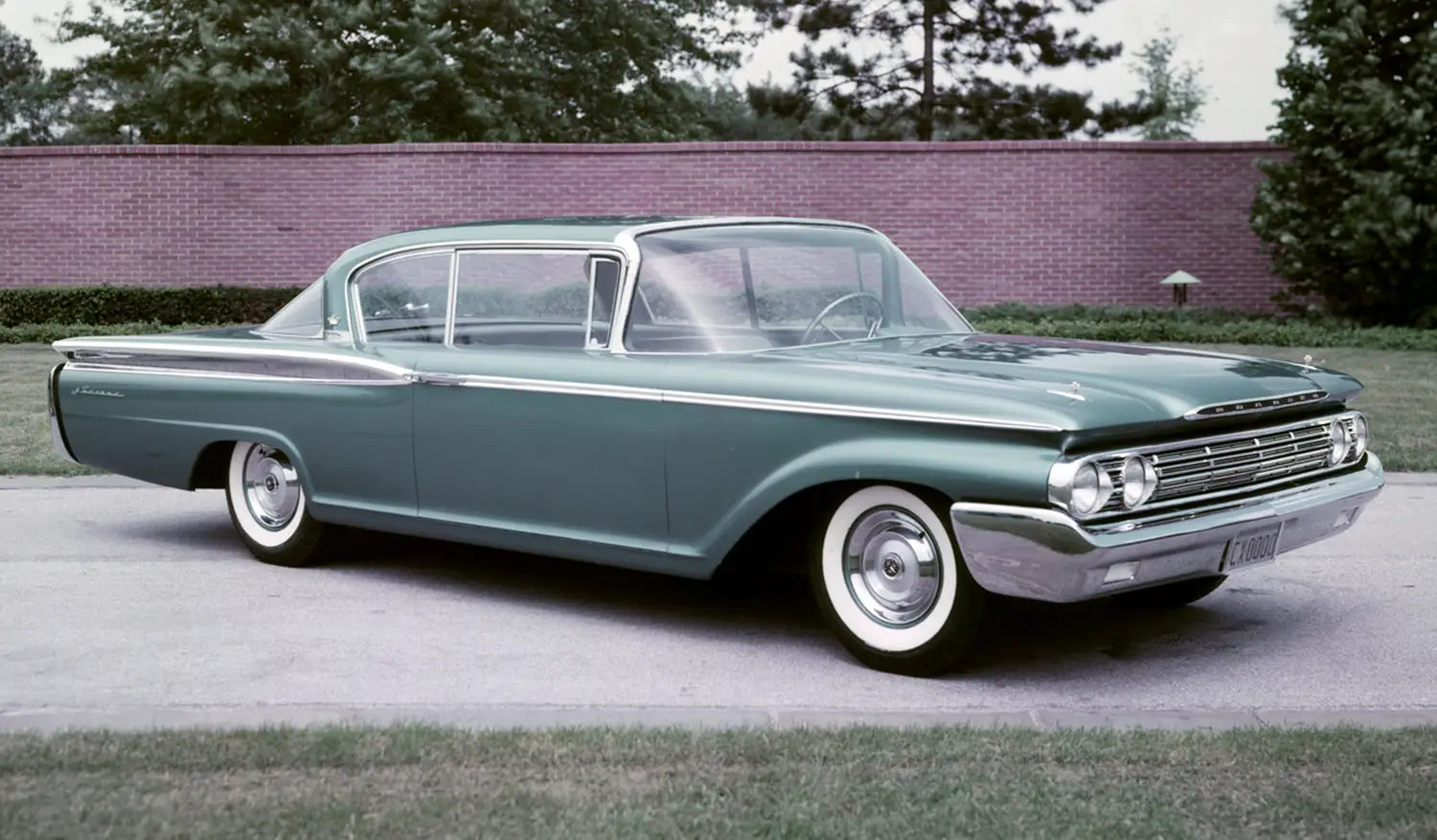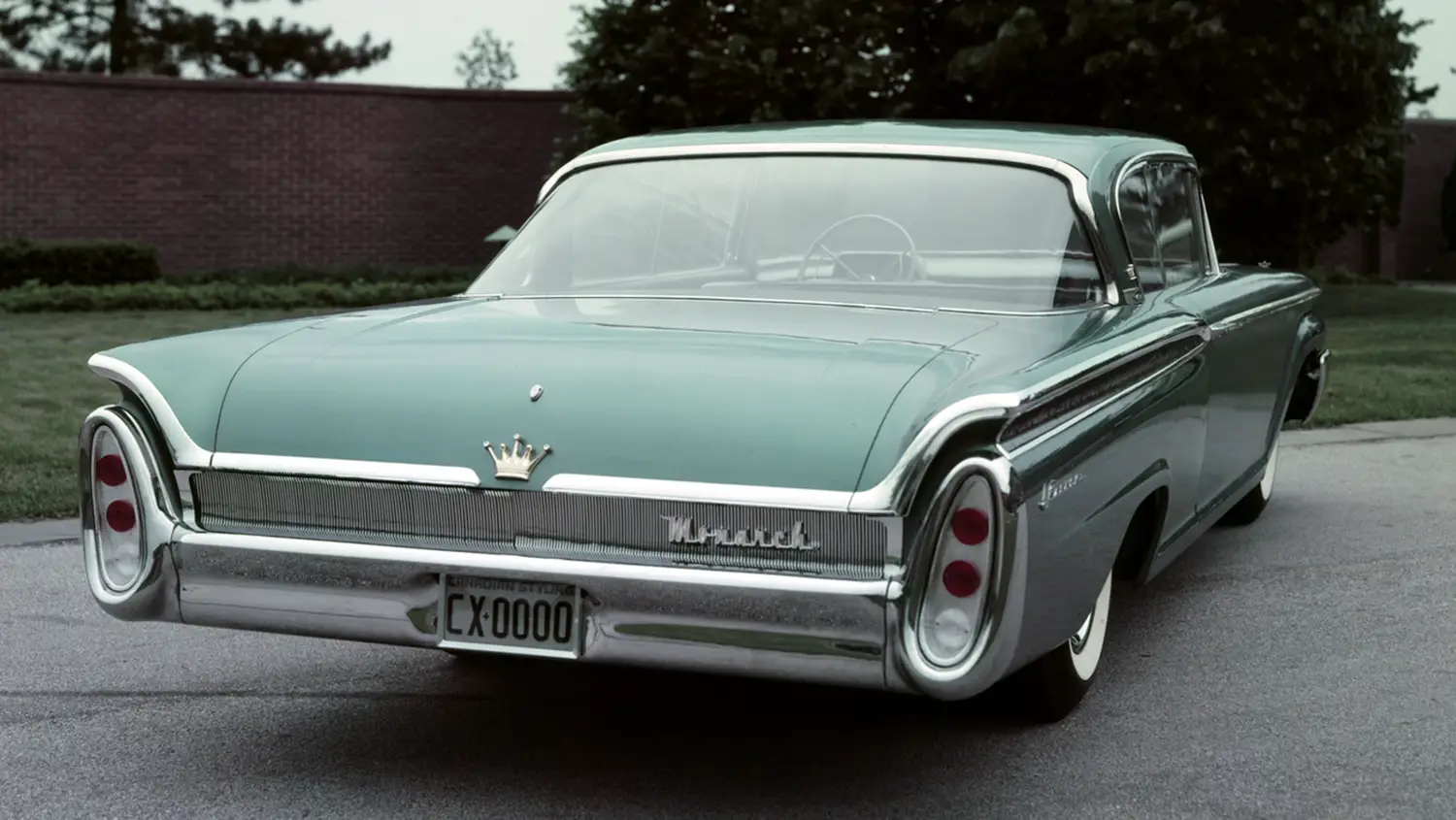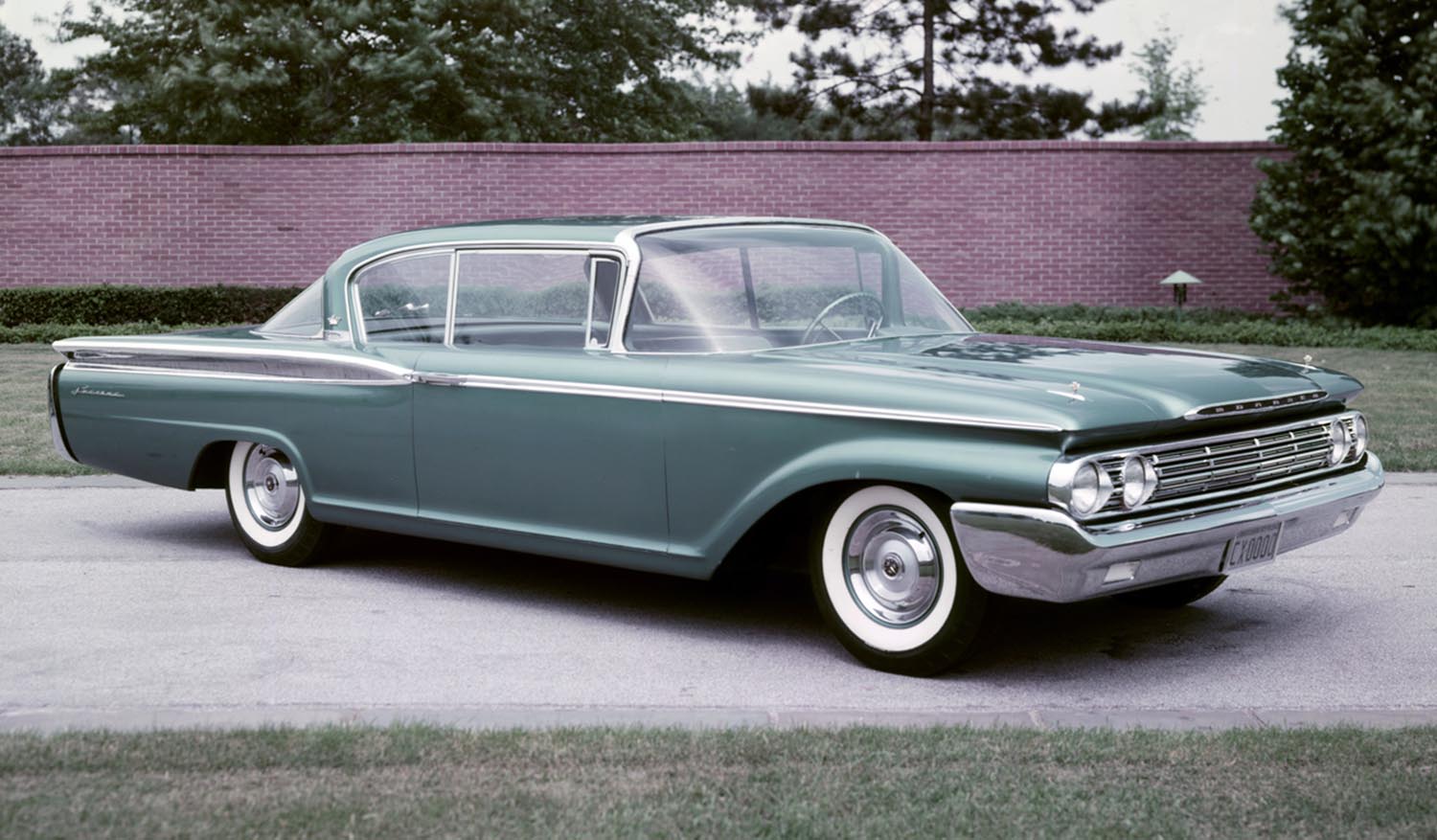
The world of classic cars contains many regional secrets, and the 1960 Monarch Lucerne two-door hardtop is certainly one of them. You might see its lines and immediately think “Mercury,” but this Canadian creation possesses a unique identity all its own. This car exists because of an old market strategy by Ford of Canada. That strategy aimed to provide Ford dealerships with a mid-priced, distinct product to sell alongside their basic Ford models.
A Brand Born of Necessity
Monarch was never meant to be a worldwide sensation. The marque debuted in 1946 to ensure every Canadian Ford dealer had a car to compete in the essential mid-price category. Monarch models were built on the Mercury chassis and powertrain, but they received unique grilles, trim, and badging. The original Monarch line was briefly dropped in 1958 with the introduction of the ill-fated Edsel. When Edsel sales quickly proved disastrous, Monarch was swiftly brought back for a final three-year run, including this 1960 model. The Lucerne was a key part of this temporary resurrection.
Styling That Sets the 1960 Monarch Lucerne Apart
The 1960 Monarch Lucerne used the all-new Ford/Mercury body shell which was longer, wider, and lower than before. While its structure was shared with its U.S. cousins, the exterior trim was distinctly Canadian. The car featured a unique six-section ribbed grille with the “Monarch” name spelled out across the hood’s leading edge. The rear design was equally dramatic. It utilized triple round taillights set into heavy chrome pods, contrasting the twin chrome rivers running off the fenders. Five-point crowns, the Monarch symbol, were placed liberally as a badge of Canadian royalty.
Inside the Monarch Lucerne Two-Door Hardtop
Stepping inside the 1960 Monarch Lucerne instantly shows you its elevated status. The interior appointments were decidedly upscale, meant to rival more luxurious domestic brands. Upholstery featured nylon-faced Jamaica cloth and crush-grain vinyl over thick foam rubber cushions. Designers achieved an airy, spacious feel thanks to the vast glass area and a nearly flat floor tunnel. Furthermore, the dashboard design was thoroughly modern, featuring a distinctly space-age instrument panel for a sleek look. The two-door hardtop “Cruiser” body style itself suggested a sporty elegance, a vehicle built for cruising highways.
Hidden Details of a Canadian Specialty
You might miss the finer points of Monarch’s distinctiveness if you only glance at the car. The reverse-C dog-leg pillar on the two-door hardtop provided a unique roofline not exactly mirrored on its Mercury equivalent. Chromed five-point crowns ran the length of the front fenders, serving as subtle road guides. Every detail, from the deep pile wall-to-wall carpeting to the Morocco-grained vinyl on the instrument panel, aimed to create an atmosphere of refinement. These carefully crafted visual differences were crucial for justifying the Monarch brand’s existence in a competitive market.
Engine and Performance Specifications
The 1960 Monarch Lucerne was powered by a stout 383 cubic-inch V8 engine. This reliable engine was configured with a two-barrel carburetor, producing 280 horsepower. The engine delivered smooth, competent power, entirely suitable for the car’s luxury cruiser mission. Buyers could select a standard three-speed manual transmission or the available Monarch Automatic transmission. The car’s robust ladder-type frame featured bowed box-girder side-rails for extra rigidity. Furthermore, the handling benefited from a swept-back ball-joint front suspension system. The 1960 Monarch introduced self-adjusting hydraulic brakes, providing up to 233.1 square inches of total lining area for safe stopping.
The End of the Line for the Monarch Nameplate
The 1960 Monarch Lucerne two-door hardtop remains a unique symbol of a particular time and place in automotive history. It was one of the last cars built under the original, distinct Monarch brand, which ended after the 1961 model year. Market changes, including the introduction of Ford’s own similarly priced and popular Galaxie model, made the niche brand redundant. As a result, the Lucerne is an enduring testament to a fascinating period when regional branding shaped the North American automotive landscape.
Disclaimer: Content on this site is for informational purposes only. Vehicle specs, pricing, and availability may change. Always verify details with official sources before making decisions. Opinions are those of the authors.
Source: Ford Heritage Vault

